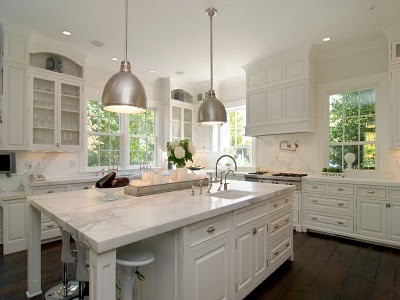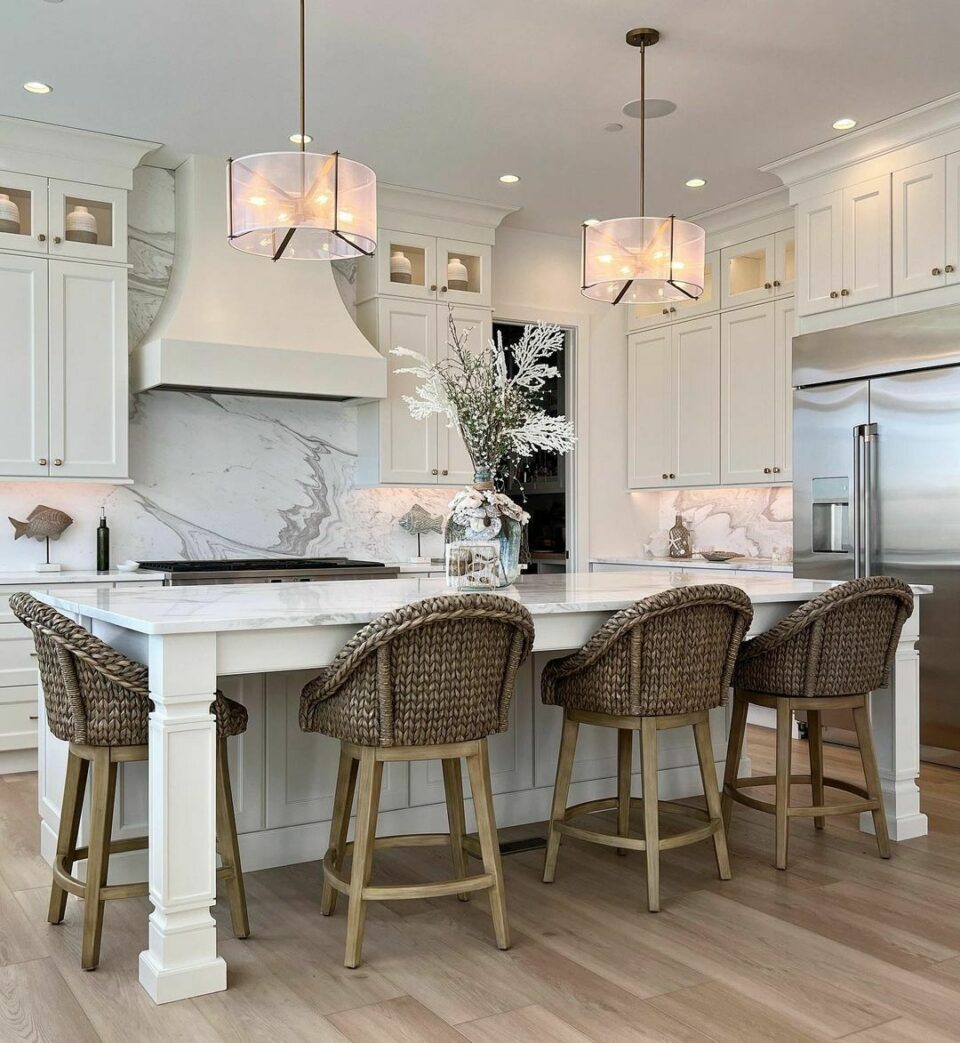Boost Functionality and Design Using High Quality Legs For Kitchen Island
Boost Functionality and Design Using High Quality Legs For Kitchen Island
Blog Article
Essential Factors to Take Into Consideration When Picking Legs For Kitchen Area Island
Choosing the suitable legs for a kitchen island entails a mindful evaluation of multiple variables that can dramatically influence both functionality and visual charm. Among these, the selection of material plays a pivotal duty in making sure sturdiness, while the design has to match the existing decor. Considerations such as elevation and weight support are crucial for stability and convenience. As we check out these elements, it ends up being clear that each decision can have significant implications for the general kitchen experience. What subtleties should be considered in each of these groups to achieve the suitable balance?
Product Options
When picking legs for a kitchen island, comprehending the numerous material choices is necessary for achieving both aesthetic charm and architectural stability (Legs For Kitchen Island). The choice of material considerably affects not just the longevity of the island but additionally its overall style and performance
Timber is a preferred selection, providing heat and versatility. Strong hardwoods, such as oak or maple, provide stamina and can be discolored or repainted to match the cooking area decor. Metal legs, typically made from stainless-steel or functioned iron, add a modern-day and commercial feeling while making sure longevity and security. These products are immune to put on and can sustain significant weight, making them ideal for bigger islands.
An additional alternative is crafted materials, like MDF or plywood, which can be more cost-effective while still offering a variety of coatings. They may not give the very same level of stability as strong wood or steel. Legs For Kitchen Island. Last but not least, products such as acrylic or glass can create a modern appearance, though they may call for extra support to make certain security.
Ultimately, the option of material for cooking area island legs must align with the wanted performance and the overall style of the kitchen.
Design and Design

When thinking about style, the shape and surface of the legs are important. Conical legs can supply a feeling of agility and sophistication, while thicker, a lot more durable legs can communicate stamina and stability. Furthermore, the finish-- be it painted, stained, or all-natural-- need to enhance the kitchen cabinetry and kitchen counter products to produce a unified look.
Moreover, the design of the legs can additionally mirror individual taste. Customized or decorative legs, such as those including detailed makings or distinct geometric shapes, can function as centerpieces, including character and personality to the cooking area. Inevitably, the ideal choice will certainly not just improve functionality yet likewise elevate the visual charm, making the kitchen area island a standout function of the home.
Height Factors To Consider
Selecting the ideal height for cooking area island legs is essential, as it straight impacts both performance and convenience. The basic elevation for a cooking area island usually varies from 36 to 42 inches, aligning with typical kitchen counter elevations.

It is likewise important to account for customers' elevations and preferences. Tailoring the elevation can guarantee a comfy experience for all family members, making the kitchen area island a more functional and delightful area.
Weight Assistance
Making sure adequate weight assistance for kitchen learn the facts here now island legs is crucial for both safety and capability. The kitchen island usually serves numerous functions, consisting of cooking, eating, and additional storage, demanding a robust assistance structure. When choosing legs, it is critical to think about the total weight capacity needed based upon the island's intended usage and the products that will be put on it.
The selection of material for the legs plays a substantial duty in their weight-bearing abilities. Strong timber, metal, and durable compounds usually offer remarkable toughness contrasted to lighter materials. Furthermore, the layout of the legs-- whether they are straight, tapered, or have a pedestal form-- can affect their capacity to disperse weight effectively across the framework.
In addition, the leg placement ought to be tactically intended to boost security. Legs positioned at the corners or with a larger base can better support much heavier tons. Constantly consult the producer's specs relating to lots restrictions to make certain that the legs can maintain the intended weight without compromising safety. In summary, selecting kitchen island legs with adequate weight support is important for producing a practical and risk-free culinary space.
Installation and Upkeep
Correct setup and upkeep of kitchen area island legs are critical for making sure longevity and security. This frequently entails securing the legs to the island base making use of appropriate bolts, ensuring that the legs are level and straightened.
When mounted, regular upkeep is necessary to protect the honesty and appearance of the legs - Legs For Kitchen Island. For wood legs, routine cleaning with a moist towel and application of suitable timber gloss can avoid wetness damages and maintain their surface. Metal legs might require a gentle cleansing remedy to remove grease and gunk, adhered to by a dry fabric to avoid rust formation
Furthermore, evaluate the legs routinely for indications of wear or damage, such as fractures or loose joints. Tightening screws or bolts as needed can likewise extend the life expectancy of the legs. By sticking to these setup and upkeep methods, house owners can make certain that their cooking area island continues to be tough and aesthetically appealing for several years ahead.
Verdict

Aesthetic coherence is vital in picking the design and design of legs for a kitchen island, as these aspects considerably affect the total setting of the room. Conical legs can provide a sense of lightness and helpful hints elegance, while thicker, much more robust legs can communicate stamina and stability.Selecting the proper elevation for kitchen island legs is critical, as it directly impacts both functionality and comfort. In recap, selecting cooking area island legs with ample weight assistance is necessary for creating a practical and secure cooking room.
In final thought, selecting legs for a cooking area island requires cautious factor to consider of different aspects, consisting of material options, style, elevation, weight assistance, and setup.
Report this page